Whether it's AI, digitalization, hydrogen, or real-life fire incidents in industrial facilities – the R. STAHL Expert Forum once again offered fascinating insights, lively discussions, and a wealth of expertise on current developments. Explosion protection was not only taught – it was experienced: hands-on, forward-looking, and with real added value for all participants.
Practical knowledge for practical application at the R. STAHL Expert Forum
Explosion protection is more than just technology – it’s about responsibility, safety, and trust. This makes comprehensive training and personal exchange between professionals all the more important. The R. STAHL Expert Forum has established itself as a key event where current developments, practical solutions, and open discussions take center stage. Once again, a large number of experts gathered this year to jointly discuss challenges, trends, and solution approaches.
The agenda was as diverse as it was relevant: In addition to foundational topics such as ignition source monitoring, pipeline inspection, and technical ventilation in hazardous areas, the forum addressed the European Green Deal and its impact on machinery and plant engineering, as well as current developments in standardization.
Participants were particularly interested in trend topics such as safe hydrogen handling, digitalization with Ethernet-APL, the Digital Product Passport (DPP), and the future of artificial intelligence. One highlight was a real-life case report on a fire in a dissolver plant, which captivated the audience.
European Green Deal – a shift in EU policy
Holger Kunze from the VDMA European Office opened the Expert Forum with encouraging news: the EU is changing course with the Green Deal. After five years of focusing on climate protection and digitalization, competitiveness is now moving into the spotlight. The Commission aims to better support industry and innovation, simplify legislation, and ease investment. Sustainability remains a goal – but with a more economically viable approach, such as by postponing reporting obligations or establishing a lead market for green technologies.
Hydrogen remains a key component of the energy transition – but the path is technically challenging and far from complete. The forum dedicated a thematic block to "hydrogen", making it clear that close cooperation between manufacturers, operators, and authorities is essential.
Comprehensive explosion protection – more than just electrical safety
"Explosion protection must be considered holistically," explained Prof. Sabrina Herbst from Ernst Abbe University of Applied Sciences Jena. In addition to electrical safety, mechanical measures and the monitoring of potential hazards are becoming increasingly important. Key elements include ignition-free components, monitoring of critical parameters such as temperature, pressure, or rotation speed, as well as the targeted use of digital technologies and artificial intelligence.
To ensure long-term operational safety, parameters must be clearly defined, continuously monitored, and integrated into operational processes. This is the only way to detect and effectively prevent explosion risks at an early stage.
Ethernet-APL enables the simple power supply and communication of field devices via a single Ethernet cable, which can also be used in explosive areas. Utz Dette and Karl Büttner from Endress + Hauser emphasized that cable parameters are crucial for intrinsic safety certification. Only certified cables may be used. The market is developing dynamically: more and more manufacturers are offering APL-compatible components. Surge protection, switch compatibility, and new performance requirements remain key development topics.
What’s new in standardization?
Another key topic at the Expert Forum was current developments in standardization. International and European standardization efforts in explosion protection are facing growing challenges: as new technologies such as hydrogen applications, autonomous systems, and mobile batteries come into focus, there is increasing pressure to harmonize regulatory and technical requirements.
Conflicts often arise between political/legal directives and the practice-oriented development of technical standards – such as in defining ignition-free equipment or implementing new protection methods.
In parallel, the new DIN EN IEC 60079-14 (Edition 6) brings a fresh approach to the practical implementation of electrical installations in hazardous areas. The revised standard focuses more on structure, clarity, and flexibility. Numerous small changes and extensions improve applicability – for instance in cable selection, handling of intrinsically safe circuits, and Ex d entries.
A key change: documented manufacturer specifications now take precedence over previous standard rules when using protection type "i" (intrinsic safety).
Axel Heuwinkel illustrated the importance of correctly applying standards and implementing safety measures. He described how a chain of unfortunate events led to a devastating fire in a dissolver plant. A subsequently installed tile floor reduced the distance between a vessel and a stirrer, leading to mechanical damage, overheating, and eventually ignition of the mixture. Although no one was injured, property damage was substantial. In response, extensive safety measures were implemented and comprehensive documentation of all plant modifications was introduced.
Companies under pressure: the Digital Product Passport becomes mandatory
Roland Dunker, Head of Digital Services at R. STAHL, informed forum participants about the EU regulation on the Digital Product Passport (DPP), part of the EU’s circular economy program. The goal is to make products more environmentally friendly and transparent by requiring companies to provide detailed information on material composition, environmental impact, and recyclability – in a digital, accessible format. He urged attendees to prepare early, as non-compliance may lead to sales bans.
A central feature of the DPP is the digital nameplate, which provides product data via QR or Data Matrix codes. This enables easy identification, traceability, and improved information flow across the value chain. The data structure is based on IEC 63278/1 (Asset Administration Shell) for Industry 4.0.
Additional benefits include:
- Integration of firmware updates
- Automation of maintenance and return processes
- Long-term data availability through backups
Overall, the DPP supports companies in advancing digitalization, sustainability, and efficiency.
Florian Güldner from ARC Advisory Group discussed the challenges of implementing artificial intelligence (AI) in industry, especially in production and manufacturing. He emphasized that AI is only one component of a complex technical ecosystem. Meaningful deployment requires a suitable data infrastructure, software models, and in-depth process knowledge.
Conclusion
Explosion protection is not just a matter of technology – it requires a holistic understanding of safety, responsibility, and sustainable innovation. That’s why the R. STAHL Expert Forum continues to serve as a platform for valuable insights, connected expertise, and forward-looking solutions.
These articles might also interest you
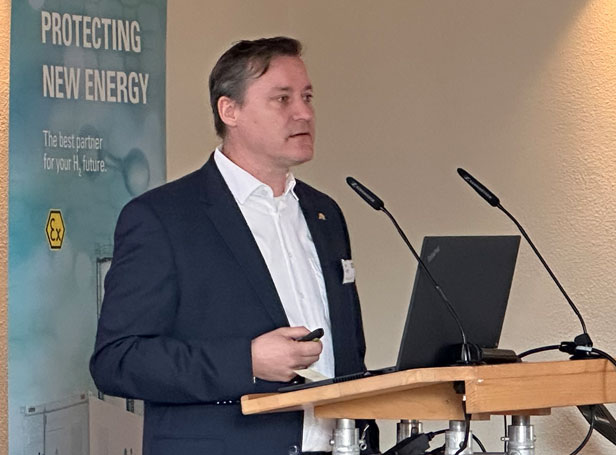

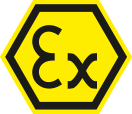
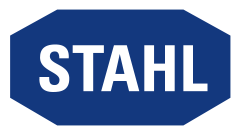

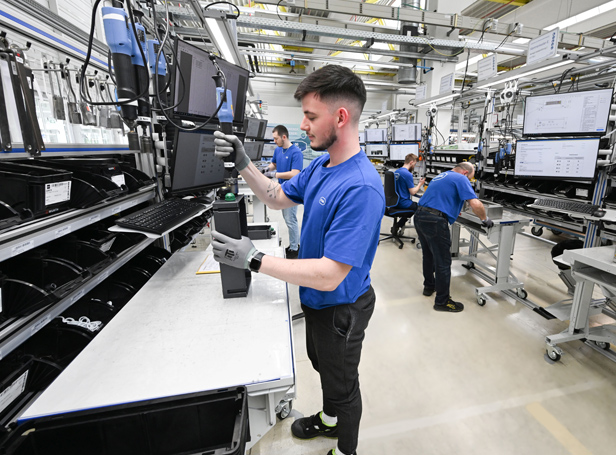
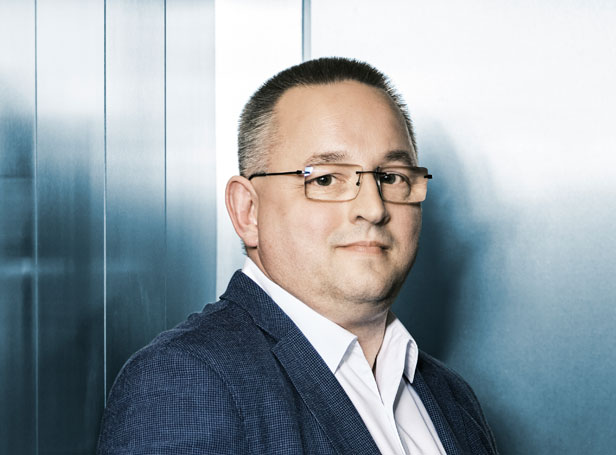
![[Translate to Englisch:] [Translate to Englisch:]](/fileadmin/user_upload/mitarbeiter/01_DE/07_Blog/00_Allgemein/blog-explosionsschutz-rstahl-startseite-279x205.jpg)
![[Translate to Englisch:] [Translate to Englisch:]](/fileadmin/user_upload/mitarbeiter/01_DE/07_Blog/00_Allgemein/blog-explosionsschutz-rstahl-ueber-den-blog-279x205.jpg)
![[Translate to Englisch:] [Translate to Englisch:]](/fileadmin/user_upload/mitarbeiter/01_DE/07_Blog/00_Allgemein/blog-explosionsschutz-rstahl-autoren-279x205.jpg)
![[Translate to Englisch:] [Translate to Englisch:]](/fileadmin/user_upload/mitarbeiter/01_DE/07_Blog/00_Allgemein/blog-explosionsschutz-rstahl-newsletter-expert-mail-279x205.jpg)
Write new comment